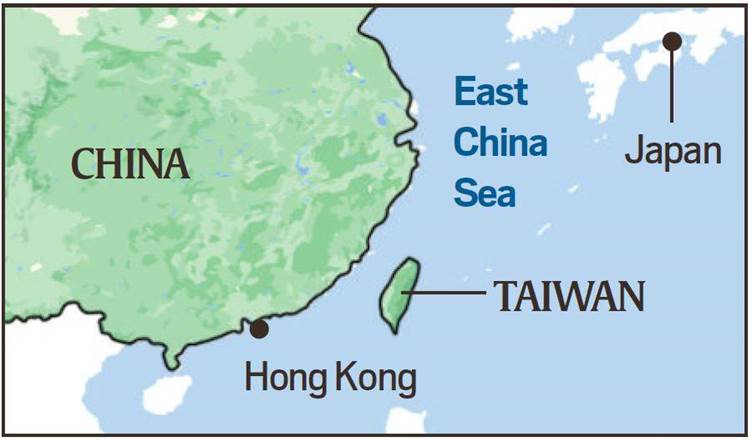Free Courses Sale ends Soon, Get It Now


Free Courses Sale ends Soon, Get It Now



Copyright infringement is not intended
Context:
Recent tussle:
Background:
Challenge for the US:
Implications for India:
https://morungexpress.com/us-senator-visits-taiwan-as-china-ups-military-threat
https://www.google.com/amp/s/www.bbc.com/news/world-asia-61642217.amp
© 2024 iasgyan. All right reserved